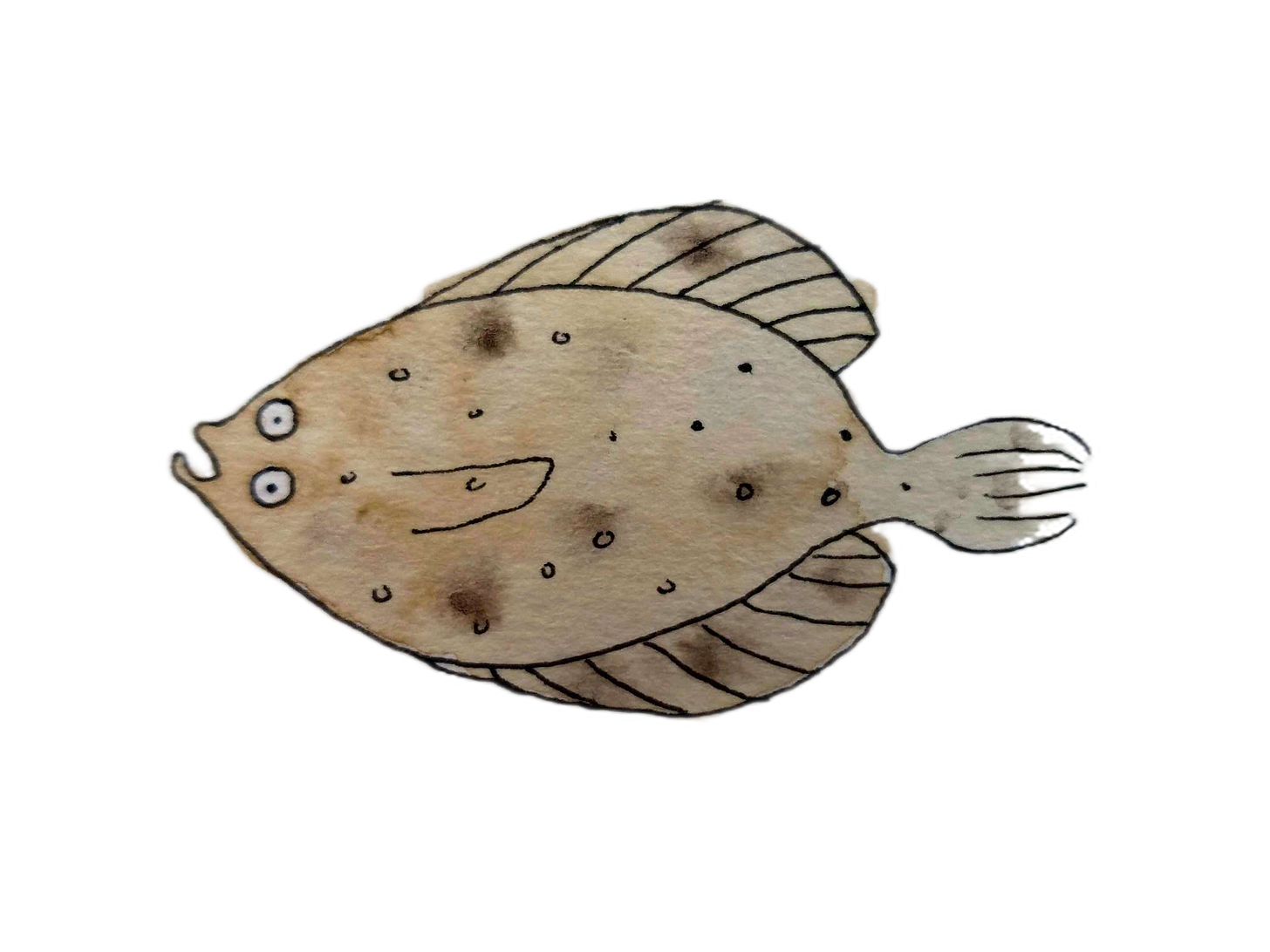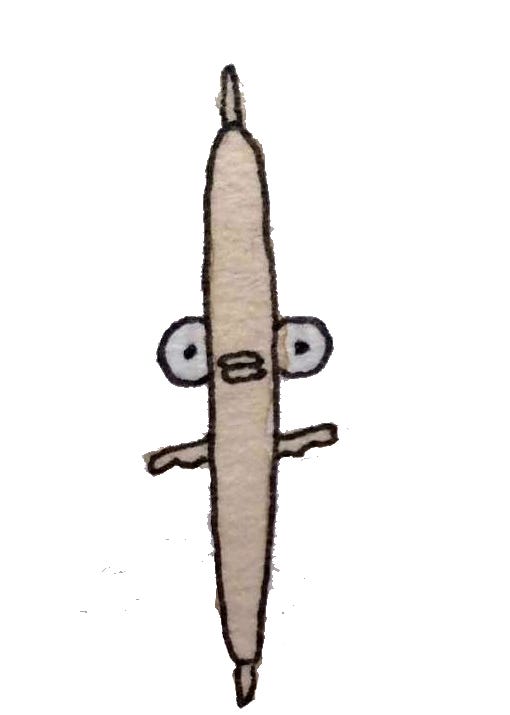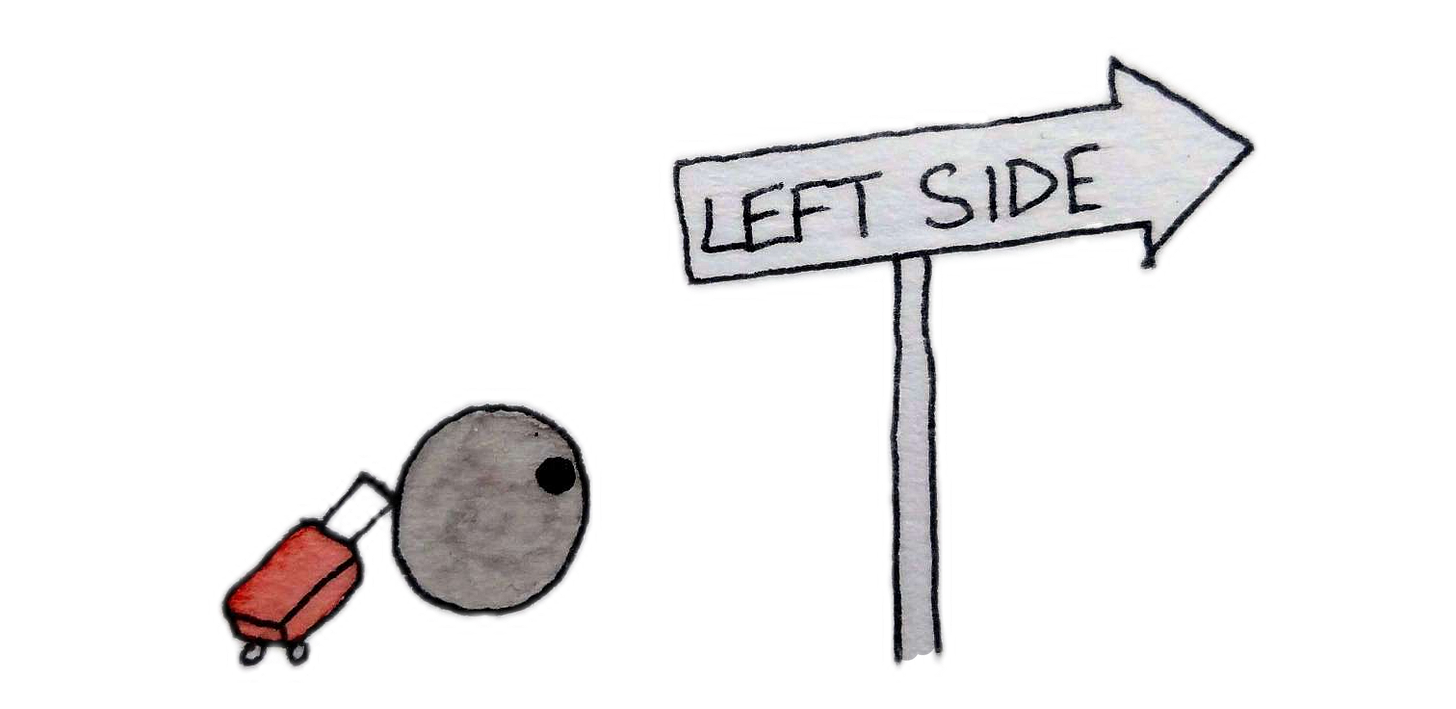Flounders
Or, a Very Weird Fish
The flounder
Is the dish of the sea.
Those maddish,
Flattish,
Eating
Dishes.
-Max Mintzer-Sweeney
In the long-ago year of 2006, my elementary school classmate wrote this poem.
17 years later, I still have it memorized.
Since reading this brilliant piece of poetry, flounders have held a small but secure place in my heart. And so naturally, when I learned that there was something weird about them, I had to write about it.
But before I do, a word about migration. Generally, when we talk about something migrating, it’s a bird or a butterfly or something, and it’s traveling from one place to another, like from Europe to Africa. The word itself comes from the Latin “migrare,” which means to move or to shift (“emigrate” and “immigrate” also come from this word).
“Ah,” you might be thinking, “flounders must migrate vast distances over many generations, and this is the weird thing they do.”
No.
I mean, they do migrate, like most fish, especially when it’s time for them to lay eggs or find food or do whatever it is flounders like to do in their free time. And it’s already strange that they know how to do that, just as it’s strange that any group of animals collectively decide that it’s time to move south for the winter.
But flounders are a special case. Because not only do flounders themselves migrate, but parts of them migrate individually.
You’ll see what I mean in a moment.
So flounders are a kind of flatfish, which (gasp!) are flat.
But! Flounders (and all flatfish, actually, but this story is about flounders so we’re going to ignore the others for the time being) are born like normal fish, which is to say, vertically. It’s only later that they flatten.
For those of you currently imagining this happening, here is a visual aid:
In a normal fish, or young flounder, the eyes are on opposite sides of the body.
In an adult flounder, the eyes are both on top of the body.
“How is this possible?” you might ask.
The eye migrates.
It moves.
Which is weird.
Basically, as the flounder grows up, its whole body reconstructs itself in such a way that one eye gets pushed to the other side, resulting in a very asymmetrical but undoubtedly flat fish with two eyes at the top of its head. At this point they also become very good camouflagers, but that’s too interesting to be inserted into the end of this story, so I’ll have to write another Science Story about that in the future.
The next question, of course, is why do they do this? Why go through this amazing metamorphosis, especially when they’re born, like other fish, vertically?
The short answer is that we don’t know for sure. Some vertical fish pretend to be dead by lying on their sides, so maybe flounders’ ancestors did that so much it became advantageous to have both eyes on the same side.
Whatever the evolutionary explanation might be, the fact remains that flounder eyes migrate, and that is weird.
Want to learn more about flounders and other flatfish? Here are some sources used for this Science Story:








